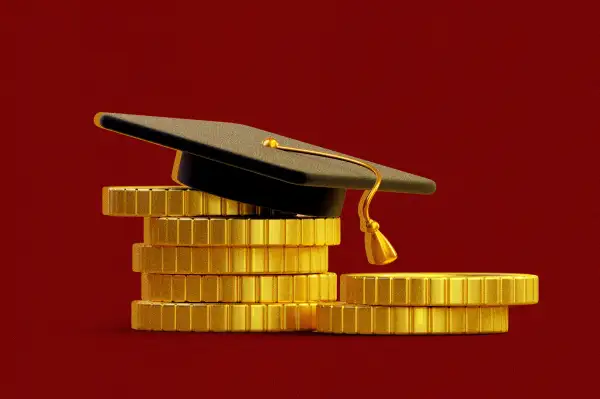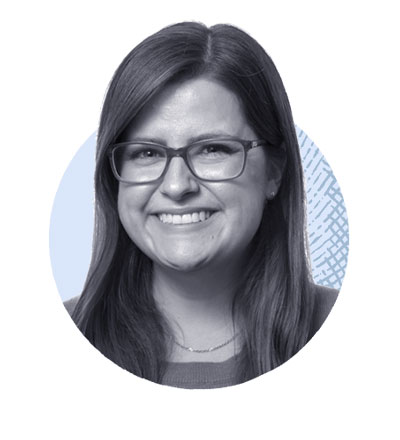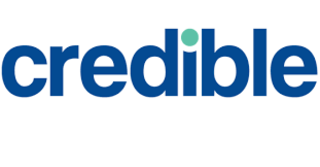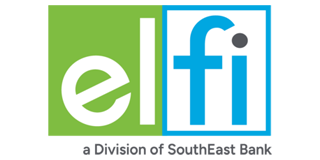Student Loan Interest to Resume Accruing for 8 Million Borrowers. Should You Switch Plans?

The Trump administration’s Department of Education is taking action to channel millions of borrowers who are in legal limbo back into repayment.
The department announced Wednesday that interest on federal student loans will begin accruing again Aug. 1 for approximately 8 million borrowers who are enrolled in the stalled Saving on a Valuable Education (SAVE) repayment program, which was implemented by the Biden administration.
“The department urges all borrowers in the SAVE plan to quickly transition to a legally compliant repayment plan,” Secretary of Education Linda McMahon said in a news release.
After the Supreme Court blocked former President Joe Biden's broad student loan forgiveness plan, his administration created SAVE in August 2023, a repayment plan designed to drastically lower borrowers' monthly payments and offer loan forgiveness after making as few as 10 years of payments.
But in July 2024, a federal court injunction effectively halted the SAVE plan from taking full effect on grounds that the plan should have gotten congressional approval. The borrowers who had already signed up were placed into forbearance, with payments paused and interest accrual frozen, as the case played out in court.
Now the Education Department under President Donald Trump wants those borrowers to start making payments on their student loans again, and it's restarting interest accrual as a nudge.
“It's going to require borrowers on the SAVE plan to make some decisions,” says Tyler Olson, the founding financial planner of OlsonFP.
What are the options for borrowers in SAVE?
While the Education Department is encouraging borrowers to transition out of SAVE, they technically are not required to — yet.
Interest will begin accruing in August, yes, but the forbearance payment pause will remain in effect until a later date. Money asked the Education Department for an estimated end date to the SAVE payment pause. The department did not provide one but pointed back to the press release regarding interest accrual, which states:
“Borrowers in the SAVE Plan will see their loan balances grow when interest starts accruing on Aug. 1. When the SAVE Plan forbearance ends, borrowers will be responsible for making monthly payments that include any accrued interest as well as their principal amounts.”
Officially, no hard date has been set for the end of the forbearance. However, borrowers in SAVE will eventually be required to switch plans due to the newly enacted One Big Beautiful Bill Act.
Trump’s sprawling domestic policy agenda includes major changes to the student loan repayment system, including the removal of all repayment plans other than the Income-Based Repayment option — while introducing a standard fixed-payment plan and an income-driven Repayment Assistance Plan, or RAP. The law requires many borrowers to switch from older plans — including SAVE — to one of the three aforementioned plans by July 2028.
That would be the absolute longest borrowers on SAVE could stay in the plan, but it’s not clear yet whether the Education Department intends to end SAVE forbearance before that date.
Betsy Mayotte, founder of the free student loan advice nonprofit TISLA, has been fielding a barrage of SAVE questions this week on her Reddit advice page. Her best guess is that the forbearance will last until the RAP plan officially begins accepting applicants, which is in July 2026. But she says she’s ultimately not sure.
In most cases, riding out the uncertain SAVE forbearance period is probably not the best idea, according to Olson, who specializes in student loan and tax advice for physicians and other professionals with high debt balances.
“There are very limited situations in which that would be wise,” he says.
Those limited situations, he adds, include being very close to reaching the required 120 monthly payments through the Public Service Loan Forgiveness (PSLF) program. In that case, he said it could make sense to wait things out and then use PSLF’s payment buyback provision to reach the forgiveness threshold later.
That's because, as Mayotte notes, there’s no way to get forgiveness credit under SAVE forbearance — even if you’re voluntarily making payments throughout the grace period.
Another reason to stay on SAVE, Olson says, might be because the borrower is struggling and simply cannot afford to make any payments right now. He says interest would keep accruing, but the payment pause could provide “short term” emergency relief.
Otherwise, he says, borrowers should start looking to switch to another repayment option.
Switching from SAVE
After the Education Department’s announcement Wednesday, student loan advice forums and social media were flooded with posts from borrowers saying it’s time for them to “bite the bullet” and switch off of the now-defunct SAVE plan.
Their main option is Income-Based Repayment, or IBR, which is the one remaining income-driven repayment option that survived Trump’s "big, beautiful" bill, signed into law last week. Education Secretary McMahon explicitly recommended that option in Wednesday’s announcement.
In most cases, Olson says switching to IBR makes sense — but he notes one major caveat.
For borrowers who took out their loans on or after July 1, 2014, IBR pegs monthly payments to 10% of one's discretionary income, and remaining balances are forgiven after 20 years. However, if loans were taken out before that date, payments are calculated based on 15% of one’s discretionary income, with balances forgiven after 25 years.
So depending on when someone's loans were taken out, the benefits could range widely under this plan.
Another detail to note is that IBR currently has a nuanced financial hardship requirement. According to the Education Department, financial hardship is defined as when the annual amount due on the loans, as calculated under a 10-year Standard Repayment Plan, exceeds 15% of the difference between a person's adjusted gross income (AGI) and 150% of the federal poverty line.
In other words, if the amount due on the standard loan repayment schedule eats up 15% or more of the borrower's discretionary income, they can apply for IBR relief.
Borrowers can estimate their eligibility by:
- Determining their AGI and 150% of the federal poverty level for their household situation (accounting for location and dependents)
- Subtracting 150% of the federal poverty level from their AGI
- Multiplying standard monthly loan payments by 12
- Dividing the figure from Step 3 by the figure from Step 2
If the resulting percentage is higher than 15%, then the borrower likely qualifies for IBR. If the percentage is lower than that, there’s still another temporary option: the Pay As You Earn (PAYE) program.
PAYE is a similar income-driven repayment program, but its financial hardship requirement isn’t as strict. For this program, borrowers can qualify if payments exceed 10% of their discretionary income based on the formula above.
The downside is that PAYE, too, will be sunsetting in July 2026. So borrowers who join this plan will ultimately have to change again next year. Still, PAYE could be an option for folks on SAVE who want to work toward forgiveness in the meantime or simply don’t want to watch their balances rise as interest begins accruing.
Also next July, the Education Department will remove the financial hardship requirement for IBR, so some borrowers who may not qualify now will be able to join next year. That same month, the new RAP plan is coming out, too. And RAP has its own forgiveness provisions, after about 30 years of qualifying payments.
This is another reason Olson suggests those who can afford it make payments regularly again.
“In order to wrest more control of their path for loan forgiveness,” Olson says, “a lot of people that I'm talking to, I'm telling them you got to switch.”
More from Money:
What Will Happen to Financial Aid if Trump Closes the Education Department?
Student Loan Interest Rates for July
5 Tips to Get the Lowest Interest Rate When Refinancing Your Student Loans






